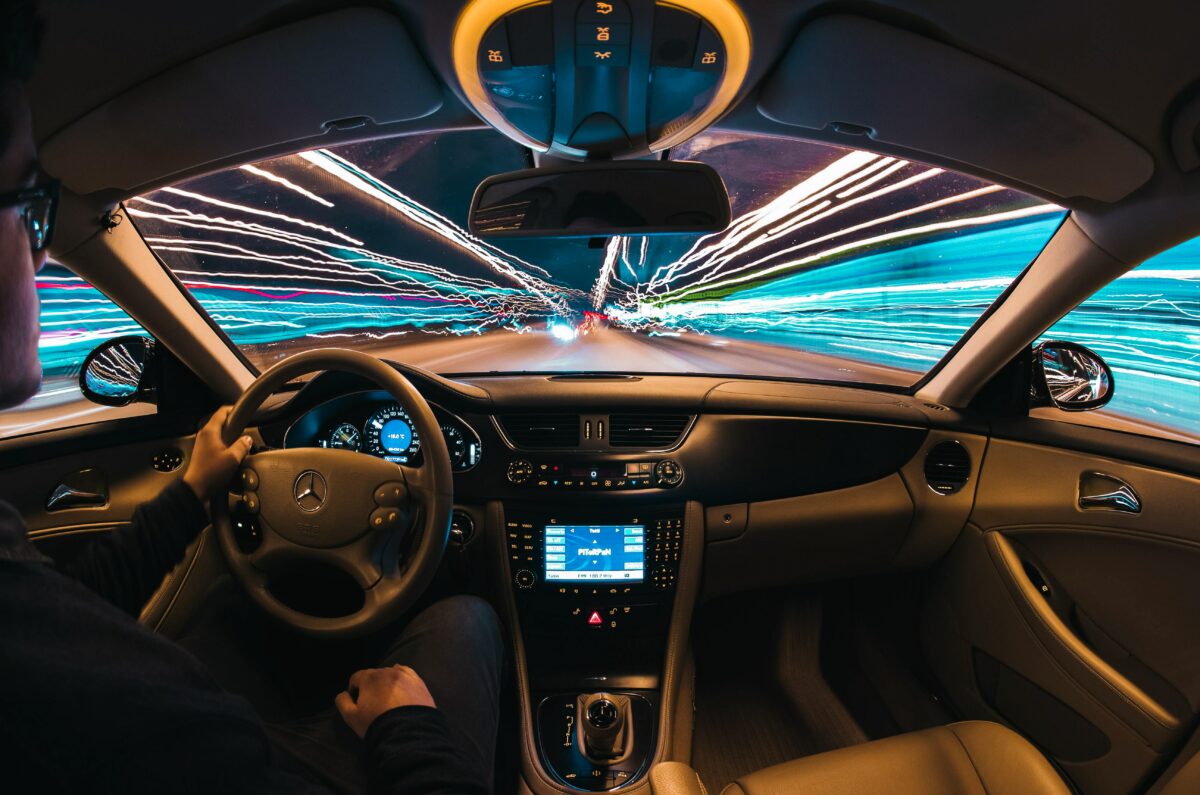While the rest of the industry focuses on smart cities, Daan Roosegaarde has been working on the one thing right under our noses (or, rather, toes) that so often gets overlooked: roads. Here, Roosegaarde talks to Rachel Boagey about his vision for the highways of the future

In conjunction with Netherlands-based Heijmans Infrastructure, Roosegaarde presented the first smart highway prototype during the 2012 Dutch Design Week. With the aim of making European roads more sustainable, safe and intuitive, the partnership is now building the first smart highways on the continent, with plans to test the first kilometre at the end of this year.
Where did your inspiration for the smart highway come from?
We had been working on a series of interactive designs: we did a project in 2008, a dance floor which generates electricity and lights up when you dance on it. Then one day, when I was sitting in the car, I was amazed by the roads we drive on. We spend an incredible amount of time, energy and money on them, but somehow they are disconnected from an architectural discourse, or a landscape design discipline. I wondered if there was any way we could make them more interesting. Within a couple of weeks we teamed up with a road manufacturer, and now we’re in the middle of an incredibly complex but very fascinating R&D process, making our prototypes and ideas a reality.
It’s not just about making roads safer or more poetic, but making them more functional by being energy neutral. I am interested in the notion of making landscapes which engage people, either in an aesthetic or social way. We’re doing a project in Africa, a country where electricity is a problem; the street lights are being stripped for their copper. That’s where these kind of paints that are charged in the daytime and give light at night start becoming very useful.
Where do you think we will see the first fully sustainable highway?
Our team will start in the province of Brabant, in the Netherlands, which is very keen on investigating the notion of a smart city, so that’s a great area for us to build the larger pilots. Places like Africa and Aruba are indeed very interesting for lighting but, when you talk about dynamic EV charging, Scandinavia becomes more relevant, they want to make like less polluting but still stylish roads. Different designs will appeal to different contexts, I’m interested in learning from each environment and fine tuning a design accordingly.
Why do you think the smart highway idea has not reached this level of development before?
When you look at the automotive world, there wasn’t a real desire to innovate because the roads are functioning well as they are. So why is a road manufacturer like Heijmans spending so much money on this? They need to create a new niche to survive.

How does your smart highway interact with the user and why do you think this is so important?
Some components will be within the car, in terms of safety, for example, but these will need to be a collaborative effort between OEMs – simply because not everybody can afford the same car.
You also want to have things which are visible to everyone, from all different countries. The car cannot know if the road is slippery, for example, so we’re talking about lighting, showing information which interacts with weather conditions.
Will the photo luminescent paint used to display these ‘signs’ be added to the road surfaces or will it need to be embedded?
All the concepts that I have proposed can be applied to existing roads, and that’s very important for us. There’s not really big business in building new roads: European governments are shutting down street lights to save money, so roads are not becoming a safer place. Someone needs to come up with new designs to fix that.
The danger is to only apply our project from a functional perspective, saying it should be cheaper than existing lighting. That’s certainly a commercial ingredient, but we noticed that the type of clients attracted to this are not specifically infrastructure companies, but more recreation or city marketing, who want to make spaces which are beautiful.
One of your proposals is painting snowflakes on the ground which would illuminate at certain temperatures. Would seeing the paint be a problem in severe weather conditions such as thick snow?
We can put a little copper wire in the photo luminescent paint that will generate energy and heat the ground so the snow will melt on that area.
When do you see dynamic charging being introduced on European roads?
There is a pilot project in progress which allows drivers to go 70kph [43.5mph] and charge the car while it’s in motion. You can transform the safety lane quite easily into an electrical priority lane. But it comes down to a matter of government policy: a politician has to make a statement to say these defaults are necessary for them to be introduced.
Rachel Boagey







